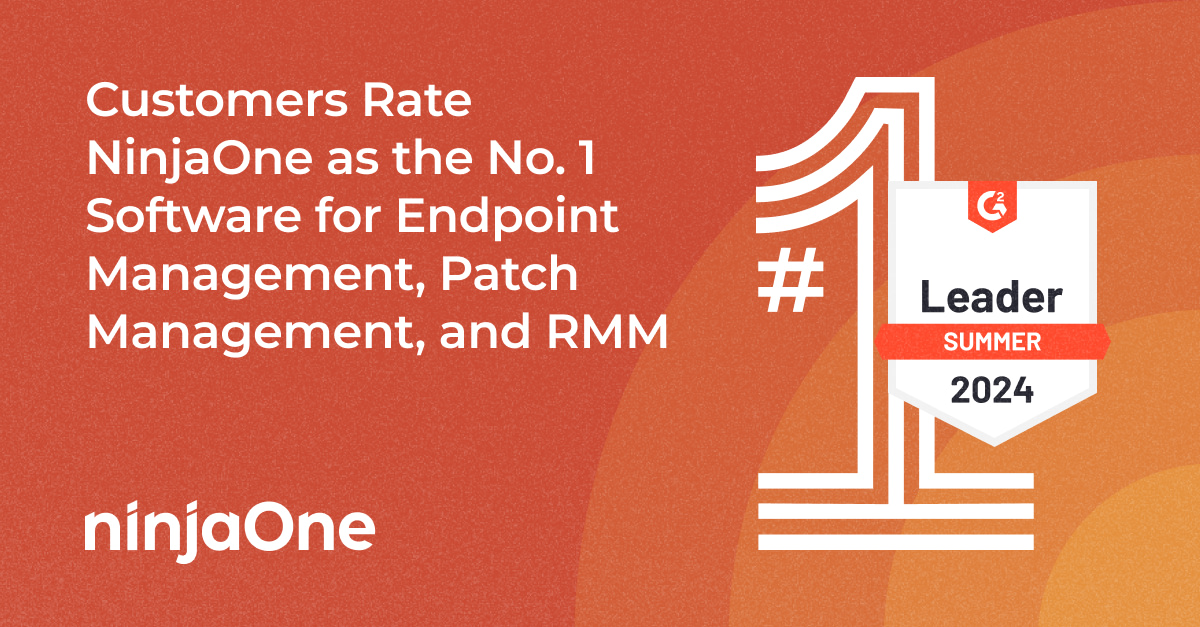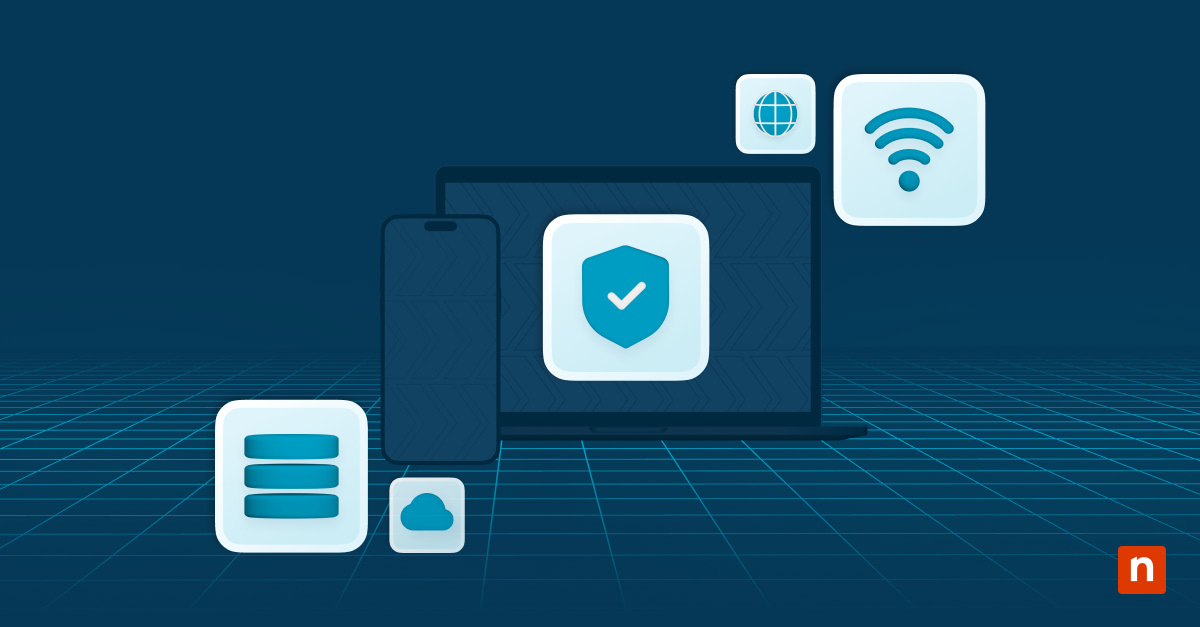Security patching is a critical aspect of endpoint hardening, and it is one of the most important IT security processes. There are numerous statistics that show the many dangers of unpatched software, which include data theft, data loss, compliance issues, and more. To fortify endpoints against harmful cyberattacks, IT departments and managed service providers conduct security patching.
What is security patching?
Security patching is the process of deploying security patches to devices. These security patches, which are small pieces of software, fix problems that were detected in a program to ensure that endpoints are protected from cyberattacks and security threats. IT teams conduct patch management and security patching via a patch management solution.
Why is security patching important?
From minor inconveniences to shutdowns, it’s impossible to predict just how much a data breach will affect organizations. There are many statistics out there that show the consequences of neglecting patch management. Both Ivanti and ServiceNow report that:
- 57% of breaches could have been avoided through patching
- 74% of companies say they cannot patch fast enough
- 57% of companies say remote patching is more complex
- 34% of breach victims knew they were vulnerable before they were breached
These numbers show just how important security patching is for organizations, even more so for remote or hybrid businesses. So even though patching can be time-consuming and, at times, frustrating work, it’s essential for the security and future success of a business.
Still relying on slow and outdated systems to patch your endpoints? Upgrade your security patching now with NinjaOne.
5 essential tips for security patching
There are plenty of patch management best practices that IT teams follow, but when it comes to security patching, there are five essential practices, or tips, to keep in mind:
1) Automate security patching processes
If security patches fail or remain uninstalled, they are not able to protect your endpoints. Automation is the best way to ensure that your security patches are always installed without requiring too much of your time. With NinjaOne’s patch management tool, you are able to effortlessly automate security patching processes so that you can “set it and forget it.”
2) Test all security patches before implementation
Security patches should solve problems, not create new ones. Before implementing a security patch, run it through a test environment to see if everything functions as it should. Although there are a couple of steps required to test a security patch, the extra effort is well worth your time and effort since it prevents patches from harming your devices and overall IT infrastructure.
3) Be proactive and prioritize security patching
To ensure that all systems remain secure and up-to-date, IT teams need to be proactive and prioritize security patching. One way to make certain that no patches are left off the radar is to set up proactive alerts and notifications so that all patches are rolled out effectively and on time.
4) Create an IT asset inventory
An IT asset inventory lists all the IT assets within an organization’s IT environment. When it comes to IT assets, Lutz explains that IT teams should, “Keep them organized according to device type, operating system, hardware, and third-party applications. Once you have a clear picture of what you have, you’ll be able to compare the known vulnerabilities to your inventory to figure out which patches to tackle first.”
5) Set up patch management policies
Patch management policies organize the steps within the patching process so that IT teams are able to prioritize, test, deploy, and monitor patches in an organized, efficient manner. Every patching policy is different, so be sure to set up the ones that work for your specific IT environment and needs.
What is security patch management?
Security patch management is the process of identifying, acquiring, distributing, testing, managing, and applying patches to devices. It encompasses any steps and processes within the entire patch management process from start to finish, and it uses patching policies to ensure that all steps are carried out in an organized manner. Without patch management, security patching would be an unorganized, inefficient, and time-consuming process.
How does security patch management work?
Security patch management involves identifying, testing, and deploying security patches to operating systems, web or email applications, and firmware installed on devices. Even after patches are deployed successfully, the security patch management process doesn’t end. IT teams will still need to find and mitigate security risks on endpoints, and sometimes, the threats are caused by the patches themselves.
However, no one has the time to constantly monitor, apply, and manage all these security patches, especially in large IT environments. That’s where patch management solutions come into play. Patch management solutions automate patching processes, proactively send notifications or alerts, monitor patch deployments, and more to ensure that you seamlessly patch all endpoints with ease.
Automate security patching with NinjaOne
There’s a reason why NinjaOne is currently listed as the #1 patch management solution. Using NinjaOne’s patch management solution, IT teams gain access to automated OS and application patching, proactive alerts and notifications, various remediation tools, patch reporting, and more from a centralized, intuitive console. See how NinjaOne can immediately improve your security patching processes by claiming your free trial or watching the interactive demo.








